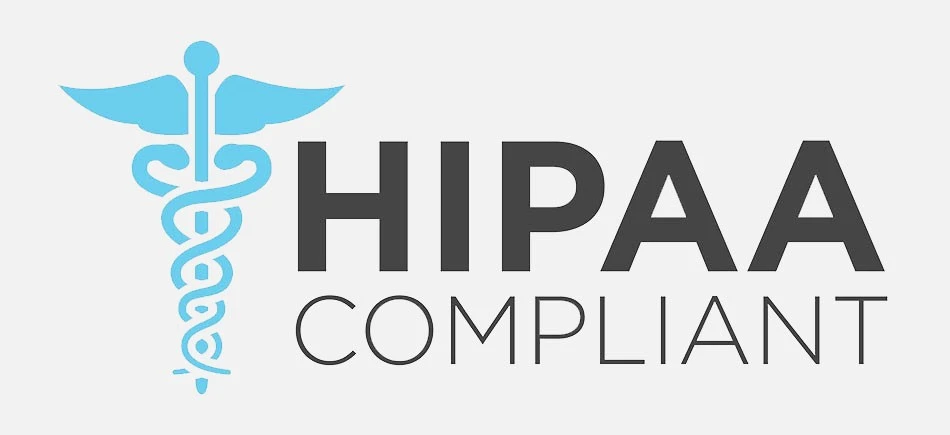In healthcare, clear and accurate communication is of the utmost importance. Standard codes allow healthcare professionals from different disciplines and regions to communicate accurately and efficiently. This is where the International Classification of Diseases, Tenth Revision, Clinical Modification (ICD-10-CM) comes into play. It serves as the formulated system for coding all recognized diseases, symptoms, and procedures, facilitating precise communication between healthcare providers and insurance companies. However, with the healthcare industry continuously evolving, the ICD-10-CM must also adapt. In this article, we will explore the impact and implications of ICD-10-CM revisions.
The world is gearing up for the 2024 ICD-10-CM updates. These changes, being a part of the constant evolution of the International Classification of Diseases Tenth Revision Clinical Modification, promise to bring significant transformations to medical coding. The ICD-10-CM 2024 key updates will reflect the latest advancements in medical science and technology, including more specific codes like those for procedures such as mammogram screening. These ICD-10 2024 changes, integral to the International Classification of Diseases 10th revision, are set to have profound impacts and implications on the healthcare sector. This article offers a deep dive into the forthcoming ICD-10-CM revisions, providing insights into how they will shape the future of healthcare.
How Will the ICD-10-CM Adjustments Influence Your Practice?
The impact of ICD-10-CM updates is significant for all stakeholders in healthcare. Providers might see changes in their workflow, as they need to adjust their documentation to align with the new codes. Payers, on their part, must update their claim systems and policies to accommodate these changes. Health Information Technology (HIT) Vendors will need to update their products to ensure they support the new codes.
ICD-10-CM 2024 Updates: What Innovations are Expected?
The ICD-10-CM 2024 updates are expected to include innovations in several areas. These include updates to codes for Infectious and Parasitic Diseases and Neoplasms. There will also be updates to codes related to conditions impacting the Blood, Organs responsible for Blood Formation, and Disorders involving the Immune System Mechanism. Additionally, there will be updates on coding for Nerve System Diseases, Eye and Adnexal Diseases, Circulatory System Diseases, and Respiratory System Diseases.
Preparation Strategies for Ambulatory Care Services
Transitioning to the ICD-10-CM 2024 updates in ambulatory care services is indeed a team journey. It creates a learning opportunity for all staff members and fosters a supportive environment. Workshops and seminars serve as more than just informational sessions, they cultivate a space for collaboration and mutual understanding.
The process of updating clinical documentation is not merely a clerical task; it is a vital step in ensuring each patient's health narrative is accurately represented. With these changes becoming a part of daily practice, it's crucial to remember that each code used tells a part of a patient's health story. Rather than viewing these updates as hurdles, they can be embraced as tools to better serve patients. It's a continuous journey of learning, adapting, and striving for excellence in patient care.
How to Cope with the Changes in ICD-10-CM 2024?
Preparing for these updates is about more than keeping up with industry standards - it's about the commitment to providing the best care possible, even amidst changes and challenges. Despite the technical nature of the task, the core purpose remains deeply human: to understand, document, and address the health concerns of patients more effectively.
Accommodating New Diseases and Conditions
As medical science progresses, new diseases and conditions are discovered. To keep pace, the ICD-10-CM undergoes regular revisions to include codes for these novel health challenges. The recent COVID-19 pandemic is a prime example, which necessitated the creation of new codes for accurate diagnosis and treatment reporting. Such additions ensure that healthcare providers can effectively communicate about these diseases, leading to improved patient care and streamlined billing processes.
Enhancing Precision in Medical Coding
One of the driving forces behind ICD-10-CM revisions is the drive towards increased specificity. By incorporating greater details about disease severity, location, type, and patient demographics, the coding system allows for more precise diagnosis and treatment. This increase in specificity helps improve patient care and optimize revenue cycle management by ensuring accurate billing.
Integrating Genetic Advancements into Medical Coding
As genetics becomes increasingly integral to the field of medicine, the ICD-10-CM revisions must reflect this shift. The introduction of codes related to genetic conditions and treatments represents a crucial step towards accommodating personalized medicine within the coding system. This integration not only helps healthcare providers to precisely record and communicate about genetic diseases, but it also supports the growth of this burgeoning field of medicine.
Incorporating Technological Innovations
With continuous advancements in medical technology, the ICD-10-CM revisions must also include codes related to new diagnostic techniques, procedures, and treatments. The inclusion of coding for areas such as telemedicine, robotic surgeries, and digital health applications reflects the changing face of healthcare and ensures that the coding system remains relevant and effective.
Preparing for the Challenges of ICD-10-CM Revisions
While the revisions in ICD-10-CM are necessary and beneficial, they also present challenges. Healthcare providers, medical coders, and billers must stay updated with these changes to ensure accurate coding. This need for continuous learning can place additional strain on these professionals. Additionally, the increased specificity of the coding system can also lead to more complex coding scenarios, requiring greater attention to detail and expertise.
While the revisions in ICD-10-CM promise more accurate and detailed medical coding, they also pose new challenges. Healthcare providers and medical coders need to stay abreast of these changes to ensure accurate coding. This underscores the importance of continuous training and professional development in medical coding.
Conclusion
In conclusion, the revisions to the ICD-10-CM have far-reaching impacts and implications. They play a pivotal role in ensuring that the coding system remains accurate, comprehensive, and reflective of current medical knowledge and practice. However, these changes also highlight the need for continuous professional development in medical coding. As the healthcare landscape continues to evolve, the ICD-10-CM will undoubtedly continue to adapt, catering to the needs of an ever-changing industry.
Get a FREE QUOTE!
Decide in 24 hours whether outsourcing will work for you.
Have specific requirements? Email us at: ![]()
Key Differentiators
Software At O2I Healthcare
Specialties HIPAA Compliance HIPAA 5010
Standards Compliance CPT Coding
Compliance Healthcare
Processes Medical
Billing Process Charge
Entry Process Medical
Coding Process Medical
Claims Process FAQs on Medical Accounts
Receivable Services FAQs on Outsourcing
Claims Adjudication Services Medical
Transcription Process HL7 ICD-10 Compliance
-
 Outsourcing Medical Billing Services - Evaluating its Impact on Your Practice
Outsourcing Medical Billing Services - Evaluating its Impact on Your Practice
-
 US-based Healthcare Research & Consulting Firm Approached O2I For Medical Transcription Services
US-based Healthcare Research & Consulting Firm Approached O2I For Medical Transcription Services
-
 Outsource2india Provided Patient Onboarding Services to a Leading Healthcare Company
Outsource2india Provided Patient Onboarding Services to a Leading Healthcare Company
-
 Outsource2india Assisted a Florida-based Medical Billing Company with ICD-10 Implementation
Outsource2india Assisted a Florida-based Medical Billing Company with ICD-10 Implementation
-
 Caribbean Radiologists Got STAT Reports Automation Services from Outsource2india
Caribbean Radiologists Got STAT Reports Automation Services from Outsource2india
-
 Outsource2india Helped a Medical Imaging Firm with Quick Teleradiology Services
Outsource2india Helped a Medical Imaging Firm with Quick Teleradiology Services
Frequently Asked Questions (FAQs)
Can ICD-10-CM coding influences the medical billing system?
Indeed, ICD-10-CM coding has a significant impact on the medical billing process. It ensures every medical diagnosis, procedure, and illness is classified and billed correctly, facilitating smooth transactions between healthcare providers and insurance agencies.
What does an ICD-10-CM code structure look like?
An ICD-10-CM code is a distinctive identifier comprising 3 to 7 characters. The initial character is an alphabet, the second is numeric, and the subsequent ones can be either. Each character within the code provides specific insights about the related medical condition, including its type, severity, location, and associated complications.
Does any tool exist to facilitate the process of ICD-10-CM coding?
Certainly, there are numerous tools designed to assist with ICD-10-CM coding. These can range from comprehensive coding manuals to sophisticated software solutions, all aimed at simplifying the coding process and ensuring precise and accurate coding.
How does the use of ICD-10-CM coding improve patient healthcare?
The use of ICD-10-CM coding enhances patient care. By offering a standardized system for recording medical conditions and treatments, it enables healthcare providers to deliver more accurate diagnoses and treatments, leading to improved patient health outcomes.
Can you highlight the benefits of using ICD-10-CM in healthcare?
The application of ICD-10-CM in healthcare carries numerous benefits. It offers a detailed and extensive coding system for medical diagnoses and treatments, supports efficient communication between healthcare providers and insurance companies, aids in tracking disease trends, and underpins data-driven decision-making in healthcare.


















 \
\






